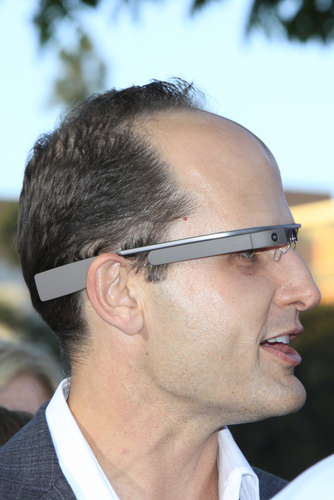FOMO vs. JOMO

People will complain about privacy even as they don their Google glasses and other wearable computers.
It’s January, and everyone’s fancy turns to predicting the future. Okay, maybe not everyone’s, but that’s what you’ll hear a lot about this time of year. December is for looking backwards and January is the forward-looking month.
JWT, a division WPP Group (formerly known as J. Walter Thompson), always makes predictions about marketing communications in the new year.
This year, JWT writes that people have been motivated by what’s called FOMO (fear of missing out). And it has been one of the main drivers (besides convenience) in our adoption of communications technology. We have also given up a great deal of privacy in exchange for always being in the know. It’s not that we wanted to give it up; it was just part of the bargain. JWT thinks this is the year we the consumers will take some of our privacy back. It’s what tech blogger Anil Dash calls JOMO (joy of missing out).Read full post...





